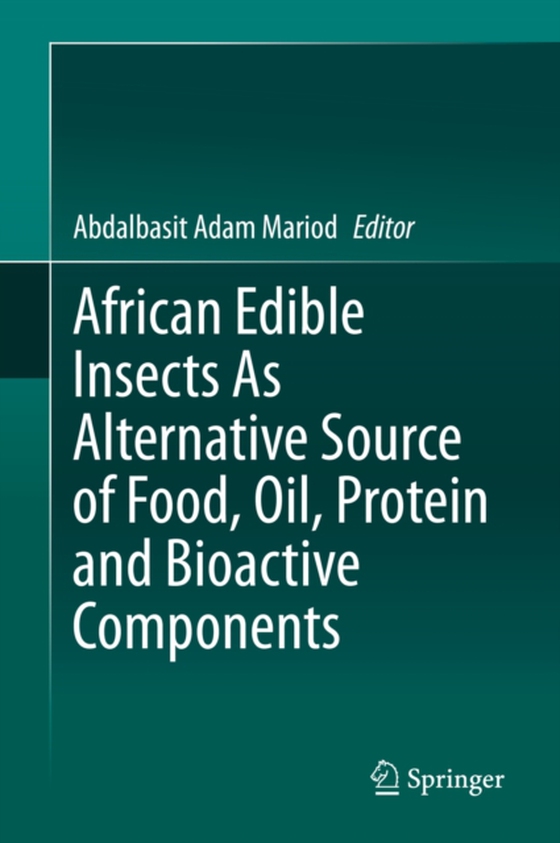
African Edible Insects As Alternative Source of Food, Oil, Protein and Bioactive Components e-bog
1386,89 DKK
(inkl. moms 1733,61 DKK)
The harvesting, processing and consumption of edible insects is one of the main keys to the sustainability of food chains on the African continent. Insects are the largest and most successful group of animals on the planet and it is estimated that they comprise 80% of all animals. This makes edible insects extremely important to the future survival of large populations across Africa and the wor...
E-bog
1386,89 DKK
Forlag
Springer
Udgivet
10 januar 2020
Genrer
PNN
Sprog
English
Format
epub
Beskyttelse
LCP
ISBN
9783030329525
The harvesting, processing and consumption of edible insects is one of the main keys to the sustainability of food chains on the African continent. Insects are the largest and most successful group of animals on the planet and it is estimated that they comprise 80% of all animals. This makes edible insects extremely important to the future survival of large populations across Africa and the world. Insects offer a complete animal protein that includes all 9 essential amino acids and are very competitive with other protein sources. They are also a good source of beneficial unsaturated fats, and many insects have a perfect Omega 3:6 balance. African Edible Insects As Alternative Source of Food, Oil, Protein and Bioactive Components comprehensively outlines the importance of edible insects as food and animal feed and the processing of insects in Africa. The text also highlights indigenous knowledge of edible insects and shows the composition and nutritional value of these insects, plus presents reviews of current research and developments in this rapidly expanding field. All of the main types of edible insects are covered, including their nutritional value, chemical makeup, and harvesting and processing details. The various preparation technologies are covered for each insect, as are their individual sensory qualities and safety aspects. A key aspect of this work is its focus on the role of insects in edible oils and gelatins. Individual chapters focus on entomophagy in Africa and the various key aspects of the continent's growing edible insect consumption market. As it becomes increasingly clear that the consumption of insects will play a major role in the sustainability of food chains in Africa, this work can be used as a comprehensive and up-to-date singular source for researchers looking for a complete overview on this crucial topic.
 Dansk
Dansk

